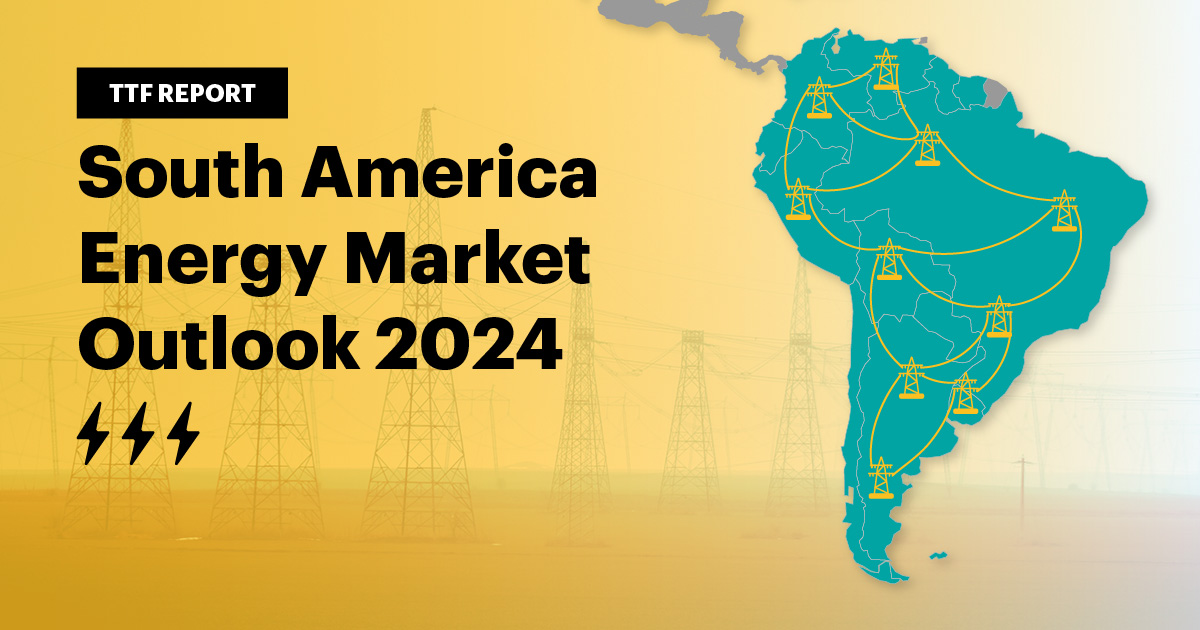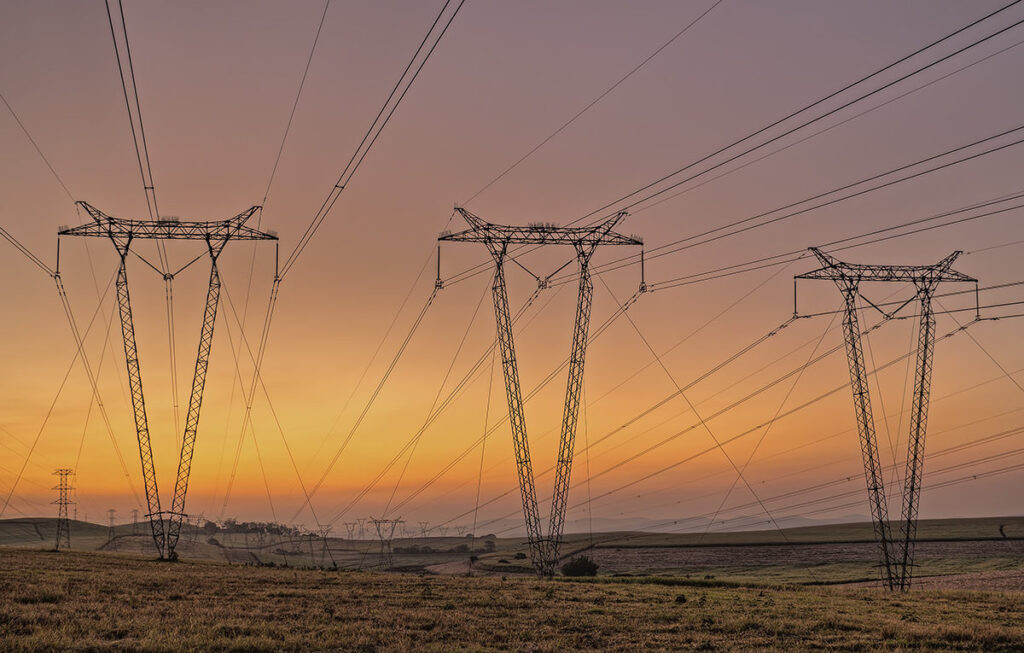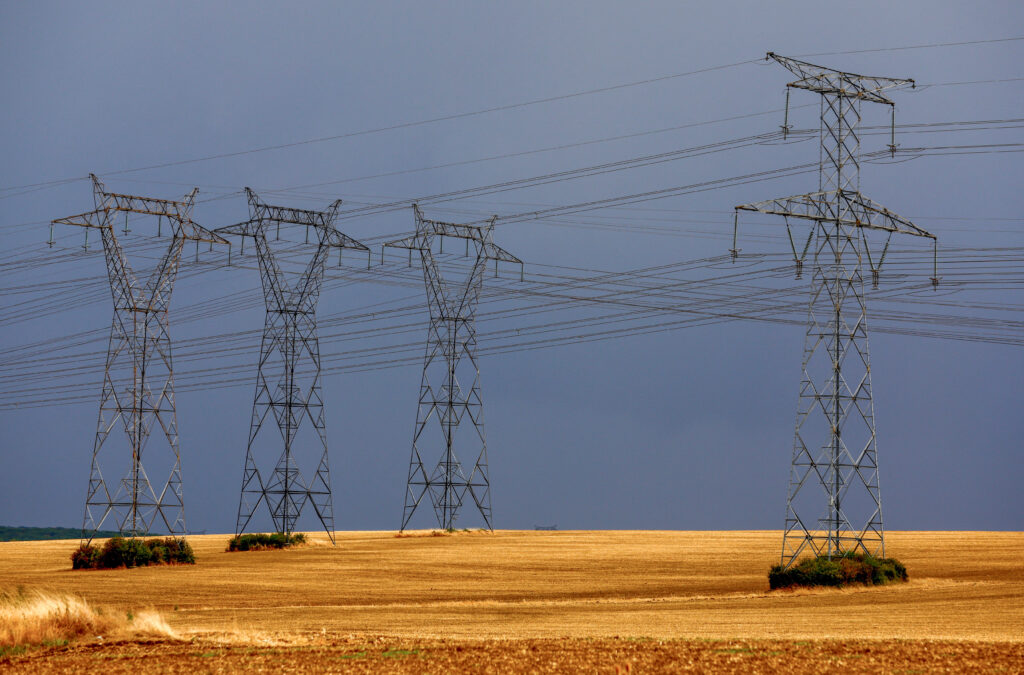
South America has encountered various energy issues as a result of natural factors and climate change. Some countries in the region may confront these issues at a higher rate. This encompasses Venezuela, Ecuador, Brazil, and Argentina. In 2024, South America’s energy crisis will serve as a wake-up call to invest in more resilient and diverse energy systems. To overcome these difficulties, regional cooperation is also required. This is with a focus on creating renewable energy sources. Governments and business professionals should work to increase energy efficiency and construct infrastructure that can resist the effects of climate change.
Sources of Energy Crisis in South America
Energy crises in South America arise from a variety of variables, including ecological, economic, political, and social. These causes compound each other, resulting in complicated energy crises. Addressing such difficulties requires a multifaceted approach that includes legislative changes, infrastructural investment, and energy diversification. Drought, insufficient investment, overreliance on a single energy source, and rising demand are among the most common causes. They also include political unrest, subsidized energy costs, natural disasters, and technology restrictions. Addressing these issues leads to a variety of energy sources and more adaptive energy policy.
impact of Energy crises on the grid infrastructure.
South America’s grid infrastructure is heavily reliant on hydropower and fossil fuels. It is the foundation of every energy system that transmits electricity from generators to consumers. During an energy crisis, the grid may confront issues that result in diminished reliability, higher costs, and long-term harm. Energy crises compromise the grid’s resilience and ability to integrate new energy sources. The following are the ways in which energy crises affect grid infrastructure.

- Grid instability – energy crises lead to a sudden spike in demand in the region. For instance, during heatwaves, more people might use air conditioning, which puts extra strain on the grid. The surge in demand can overload transmission and distribution lines. This leads to power outages, brownouts, or equipment failure.
- Frequent power outages – power utilities in the region may put in place blackouts to prevent a total grid collapse. For instance, Ecuador announced planned power interruptions in April 2024 to balance the grid. Additionally, inconsistent power supply can cause voltage fluctuations that can damage grid infrastructure.
- Accelerated wear and tear – many South American grids are dealing with aging infrastructure. Pushing the grid to its limits during the crisis speeds up the wear and tear.
- Reduced maintenance and investment – energy crisis might delay routine maintenance due to budget constraints. This can worsen existing issues within the grid, leading to a cycle of deterioration and frequent outages.
- Increased operational costs – the cost of generating electricity can go up during an energy crisis. These higher costs can pass on to consumers, which also increases operational expenses for grid maintenance.
- Renewable energy integration challenges – energy crisis can delay the integration of renewable energy sources into the grid. The transition to renewable energy needs significant adaptation of the grid infrastructure. This includes the installation of smart grid technologies and energy storage solutions.
Approaches to the Energy Crisis in South America
Solving South America’s energy problem demands a multifaceted approach that includes immediate grid stabilization measures. This includes funding for renewable energy, infrastructure, and policy improvements. It also entails diversifying energy sources, strengthening grid resilience, and promoting regional cooperation. Here are several answers to South America’s energy dilemma.

- Diversification of energy sources – the region has great potential for renewable energy. This is including solar, wind, and geothermal. Countries like Chile, Uruguay, and Brazil have made significant steps to promote energy growth. The adoption of small-scale renewable energy systems such as rooftop solar panels and microgrids can reduce the strain on the central grid.
- Investment in grid infrastructure – upgrading the grid infrastructure can reduce energy losses and improve reliability. This may include replacing outdated equipment, improving grid interconnections, and investing in smart grid technologies.
- Regional cooperation and integration – promoting energy trade between countries can help balance supply and demand. Countries with surplus energy can export electricity to other countries with energy shortages.
- Research and innovation – investing in research and development to improve renewable energy technologies can lead to cost effective solutions. Exploring new financing models can help mobilize the capital needed to fund energy projects.
